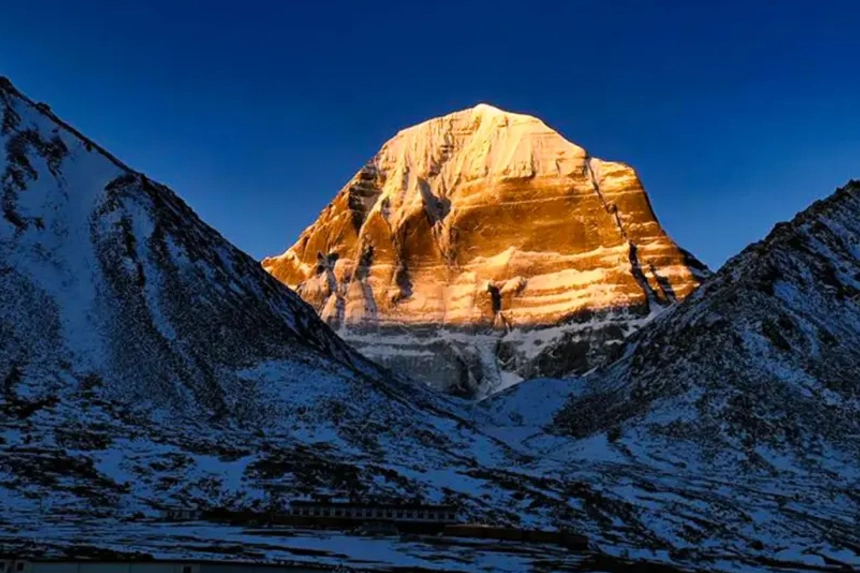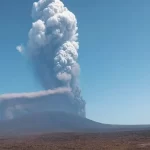Amidst the latest developments in geopolitics, one that is rare and positive is the path of peace between India and China. In the latest talks between the two countries to ease relations, it was agreed that the Kailash Mansarovar Yatra, one of the most popular Hindu pilgrimages, will start soon. In an announcement by the Ministry of External Affairs, it was confirmed that the Yatra could start later this month.
There has been a pause in the Kailash Mansarovar Yatra since 2020 due to COVID-19 and, thereafter, the worsening relations between India and China. The recent news is a moment of joy for many. After several frictions in ties, the South Asian nations started negotiating last October when a document was signed to end frictions at Demchok and Depsang that were the last two points of conflict.
Talks to resume the yatra were discussed last year in December between the National Security Advisor Ajit Doval and China’s foreign Minister Wang Yi, in a Special Representative meeting held in Beijing. The Mansarovar lake and Kailas mountain, located in the Ngari Prefecture of the Tibet Autonomous Region (TAR) of China, are sacred for Hindus as they are considered the abodes of Lord Shiva. It is also a most revered site in other religions like Buddhism, Jainism, and Tibetan Bon.
Every year, before the stay, several thousand tourists visited the region, where they trekked to the Mansarovar Lake and circumambulated the sacred Mount Kailash. The journey, which takes 23 to 25 days, can be done by any Indian holding a passport and aged between 18 to 70. Other requirements include medical fitness due to the height of the region.
Due to limited slots, the registration opened between April and May, was filled through a lottery method and cost about 2 lakh Indian rupees. There are two paths to take the journey, one from the Lipulekh pass providing direct access to the region, but having a difficult terrain. The other was from the Nathu La pass from Sikkim to TAR and was easily accessible through bus or car. These two routes are open only through government agencies, and no private party operates here. The third route, which many Indians took, was via Nepal, through private companies after 2023, when borders between Nepal and China were opened. This was, however, not viable for many due to the high cost, which is why this update is important for the people once it is formally announced.








